Patriot Relics
Silver Member
Hey guys,
Got back out this weekend to the British Revolutionary War camp that produced a few brown bess components and 71st regiment of foot button last week. While the targets are heavily masked by iron, we were confident there were more relics in the dirt. For this week, I elected to run the Deus rather than the CTX to compare success. While I love the CTX stability in highly mineralized conditions, this site is certainly a better fit for the DEUS target separation. Covering the exact same dirt, I managed to dig a staggering 4 harness bosses...completed masked to the CTX. I'd like to speculate that they may of belonged to the British occupation force, however I suspect they are early to mid 1700s. Feel free to weigh in-
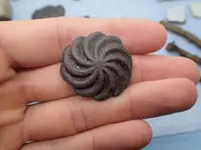
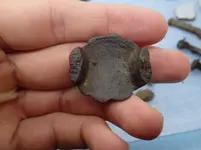
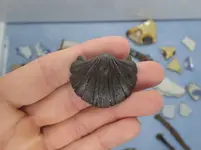
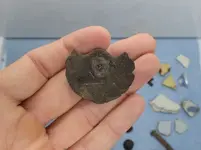
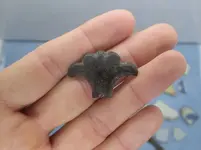
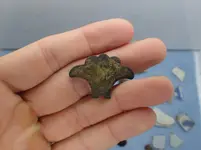
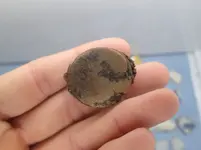
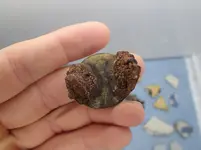
The only button I recovered was an early one- late 17th to early 18th century 2 piece button.
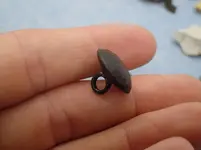
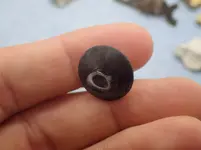
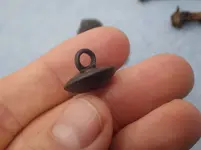
Among the other finds was lead slag, iron rose head nails, and the base to a iron kettle. The big surprise came late after digging the shell rosette. After digging the plug I noticed large amounts of black glass in the hole. A bit of investigation revealed an undisturbed 18th century glass dump. While I'm not a glass collector, the amount of black glass was ridiculous-perhaps the results of a serious British kegger
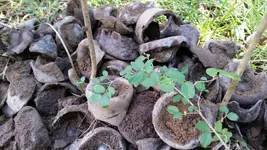
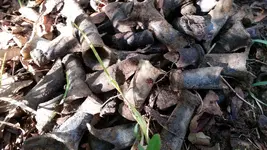
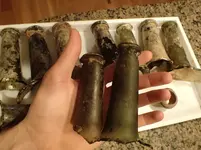
All in all a productive day digging although the hunt continues for my next regimental button. Thanks for looking
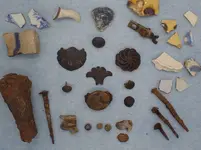
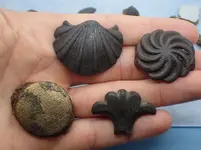
Got back out this weekend to the British Revolutionary War camp that produced a few brown bess components and 71st regiment of foot button last week. While the targets are heavily masked by iron, we were confident there were more relics in the dirt. For this week, I elected to run the Deus rather than the CTX to compare success. While I love the CTX stability in highly mineralized conditions, this site is certainly a better fit for the DEUS target separation. Covering the exact same dirt, I managed to dig a staggering 4 harness bosses...completed masked to the CTX. I'd like to speculate that they may of belonged to the British occupation force, however I suspect they are early to mid 1700s. Feel free to weigh in-








The only button I recovered was an early one- late 17th to early 18th century 2 piece button.



Among the other finds was lead slag, iron rose head nails, and the base to a iron kettle. The big surprise came late after digging the shell rosette. After digging the plug I noticed large amounts of black glass in the hole. A bit of investigation revealed an undisturbed 18th century glass dump. While I'm not a glass collector, the amount of black glass was ridiculous-perhaps the results of a serious British kegger




All in all a productive day digging although the hunt continues for my next regimental button. Thanks for looking


Last edited:
Upvote
13






